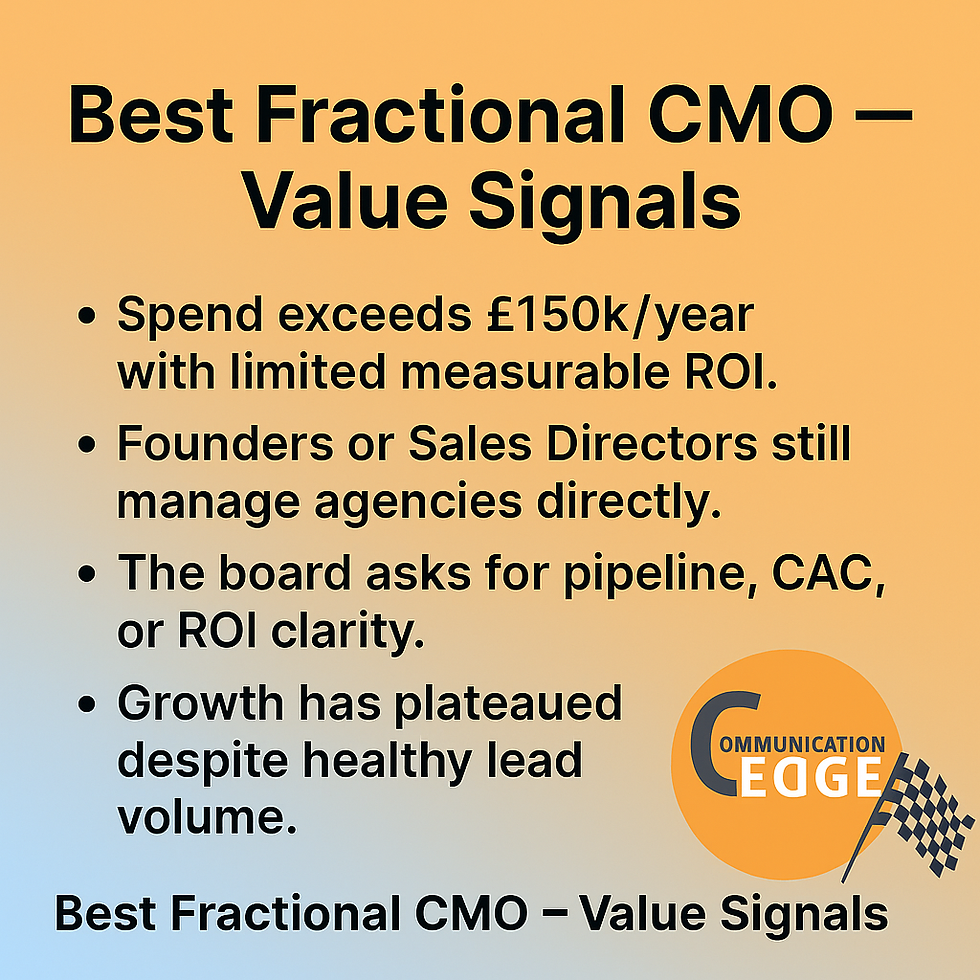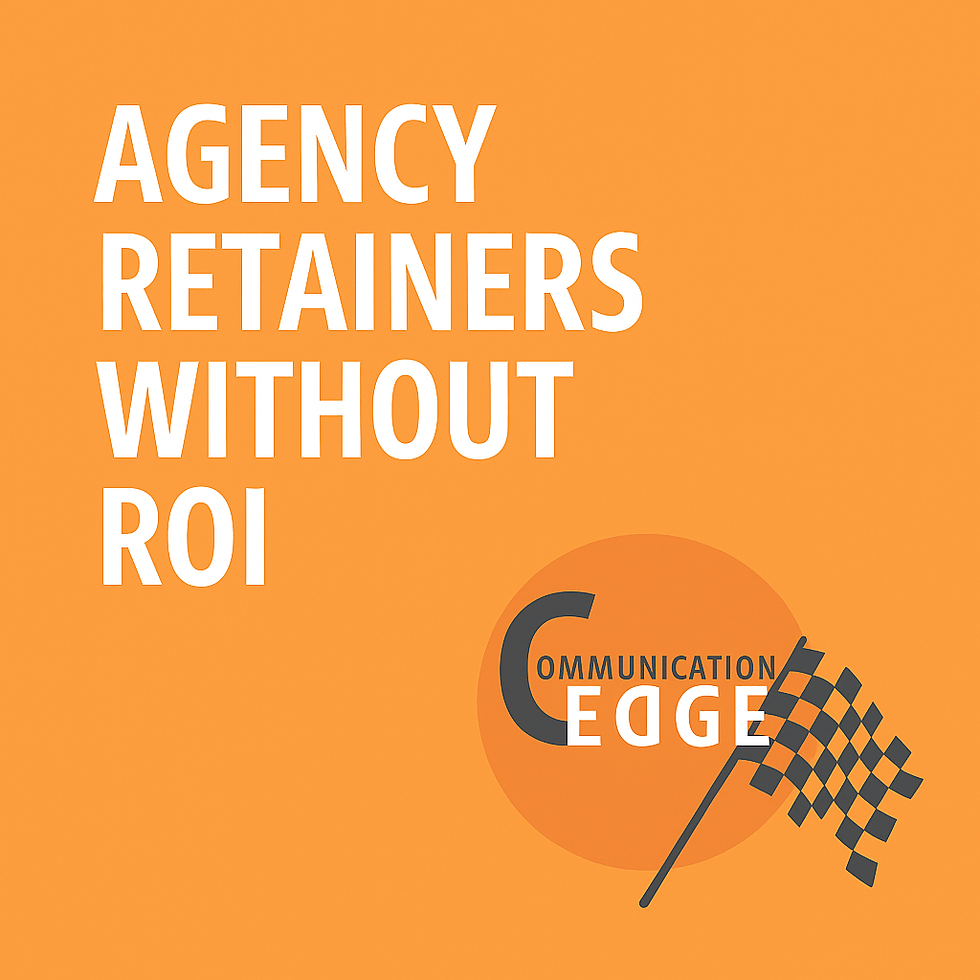Balancing Design,Content & Customer Journey
- Simon Hunt
- Sep 2
- 4 min read
Updated: Oct 22
Why balance these three objectives?
Balanced Content Is All Three: Balancing Design, Content, and Customer Journeys Working Together
In the digital age, a website isn’t just an online brochure—it’s your 24/7 storefront, sales team, and brand ambassador. Yet many businesses fall into the trap of over-focusing on one element: a stunning design without clear content, or great content without a logical user journey.
The secret to high-performing websites? Balance.
Let’s break down why balancing design, content, and customer journeys need to work in harmony—and how to achieve it.
1. Design: The First Impression That Builds Trust
A website's design sets the tone within the first 3–5 seconds.
If it looks outdated or cluttered, visitors leave.
If it looks professional, clean, and consistent, they stay.
Key principles for strong web design:
Visual hierarchy: Ensure key messages and calls-to-action (CTAs) are obvious.
Whitespace and clarity: Less is more. Cluttered pages overwhelm visitors.
Brand consistency: Colors, typography, and imagery should reinforce your brand identity.
But here’s the catch: design alone doesn’t convert customers—it just earns you the chance to keep their attention.
2. Content: The Message That Moves People
Once the design draws them in, content keeps them engaged.
Visitors have questions: What do you offer? Why should they care? How can they act now?
Your content should:
Speak to pain points: Show you understand your audience’s problems.
Offer clear solutions: Explain what makes your product/service the right choice.
Use multiple formats: Blogs, videos, case studies, infographics—different visitors prefer different media.
Strong content answers questions and moves visitors smoothly toward conversion.
3. Customer Journeys: The Path to Conversion
Even with great design and content, you need to guide visitors through a structured journey:
Awareness Stage: Educational content (blogs, videos) introduces your brand.
Consideration Stage: Case studies, comparison guides, and webinars build trust.
Decision Stage: Clear CTAs, demos, or free consultations help seal the deal.
Mapping this journey ensures no one gets lost or frustrated—every step should feel natural and easy.
The Balancing Act: Why All Three Matter
A beautiful site without a clear journey = visitors admire, then leave.
Great content on a poorly designed site = no one sticks around to read it.
Clear customer journeys on a messy site = confusion kills conversions.
Balanced content is all three:
Design for trust and usability
Content for clarity and persuasion
Customer journeys for logical flow and conversions
Balancing Design, Content and customer Journeys is therefore critical.
Very few get this right, most design a pretty brochure site that never generates business and often actually penalises the company in Google because it performs badly.
Practical Tips for Businesses
Audit your site: Is the design modern? Are CTAs obvious?
Map your customer journey: What content fits each stage?
Measure performance: Use tools like GA4 or Hotjar to see where people drop off.
Iterate quickly: Small design tweaks or content updates can double conversions.
Conclusion: Build for People, Not Just Pixels
The best websites balance art and science—the art of great design and content with the science of customer journeys and data-driven improvements.
Get this balance right, and your website becomes more than just a digital presence—it becomes your most powerful growth engine.
FAQs Balancing Design, Content and Customer Journeys When Designing Websites
Why is balancing design and content so important in website projects?
Because strong design attracts attention while great content converts visitors. A balance ensures aesthetics and storytelling work together to guide users toward action.
How does user journey mapping improve website design?
Journey mapping clarifies what users need at each stage — awareness, consideration, and decision — enabling designers to create seamless navigation and targeted calls to action.
What happens when a website focuses too heavily on design?
Over-designed sites may look impressive but often suffer from poor readability, slow load times, and low conversions if content and user flow are neglected.
How can content strategy influence web design decisions?
Content defines structure. Designing around real messaging, keywords, and conversion goals ensures the layout supports both user intent and SEO performance.
What role does SEO play in balancing design and content?
SEO connects content architecture with technical performance. Optimised headings, metadata, and internal linking must complement design, not clash with it.
How can data help improve the balance between design and content?
Tools like GA4, Hotjar, and Looker Studio reveal how users engage with pages — showing where design supports or hinders conversion paths.
Why is understanding the customer journey essential to web success?
Websites built around customer journeys ensure each page answers a question, removes friction, and moves prospects closer to conversion, improving ROI.
What are common mistakes when designing content-led websites?
Designing before content is written
Ignoring mobile responsiveness
Using jargon instead of clear value propositions
Lacking a clear CTA hierarchy
How can businesses test if their design and content are aligned?
Run A/B tests, monitor heatmaps, and track conversion funnels to see whether visitors follow the intended paths or drop off before completing key actions.
How can SMEs maintain consistency between design, content, and UX as the site scales?
Use brand style guides, modular page templates, and centralised CMS governance to ensure future updates align with tone, design, and customer intent.






Comments